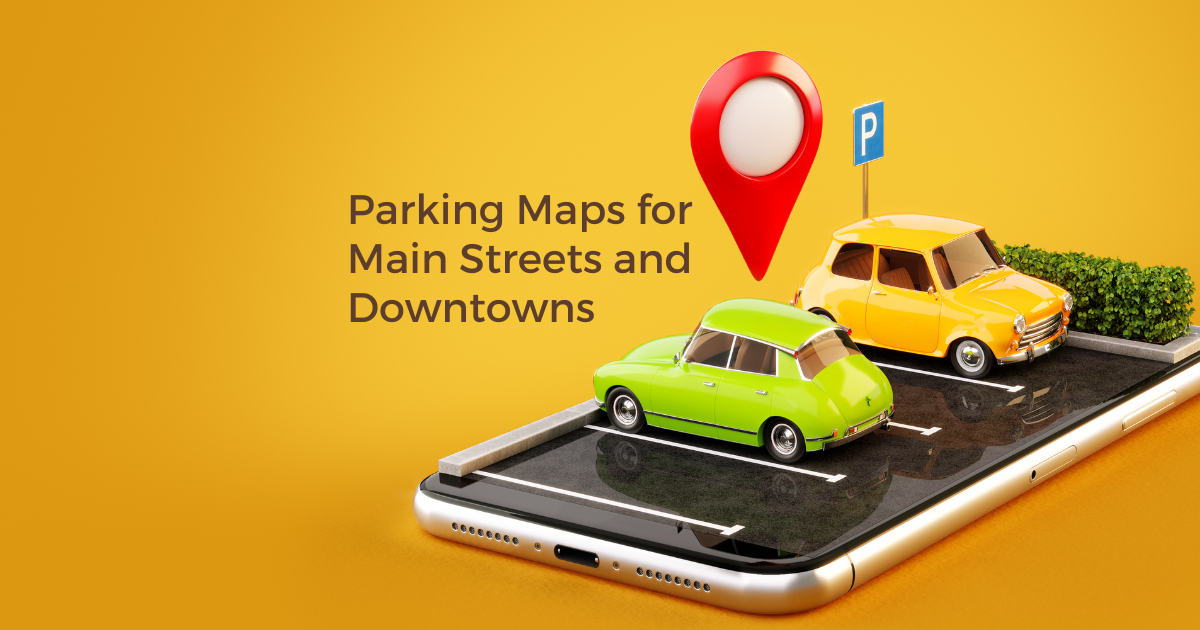
Your website is a place to share important information with your potential customers. Obviously, you need to explain your offering and make it clear what your products and services are. You’ll also want to describe the benefits that your customers experience from working with you. And you’ll want to answer any frequently asked questions that your audience brings to your attention.
One additional element of a good website that is sometimes overlooked in this day and age is a store locator map. Whether you have one location or 1000, store locator maps are still very important. After all, they help bring real-life customers to your place of business. In this article, we’ll be covering some of the basics regarding store locator maps. We’ll talk also about what they are, what they’re good for, and how you can build your very own store locator map.
What is a Store Locator Map?
The more help you provide to those wishing to patronize your business, the higher the conversion rate and the more sales you will make. Store locator maps are simple tools meant to help customers find what they are looking for. A good store locator map will include elements such as parking, transit information, hours, etc. Any other practical travel info that a visitor would need to find your shop should also be included. You’ve probably seen store locator maps on the websites of businesses that you frequent.
Why Your Website Needs a Locator
The simple answer comes down to treating your customers right. After all, visitors are taking the time and effort to visit your location in person and spend their hard-earned cash. You want to make it easy and simple to do all this. Failing to do this could even cost you business.
Adding a store locator map to your website can help improve your SEO. It can help create a more complete aesthetic on the page. And if all goes well, it will ultimately pay for itself in terms of new business. Any quality websites for a business with physical locations will have some form of map and travel info for their visitors.
Increase “Near Me” Search Results
The SEO landscape is becoming more complex and dynamic. One common way that potential customers search for businesses is by using near-me searches. You’ve probably seen this feature on your Google Maps or Apple Maps account when searching for businesses. Perhaps you were hungry and searched for restaurants near you or needed some service, such as a dry cleaner, while on vacation. Near me is an important part of organic marketing and online visibility, so playing the game right and adding relevant information to your online presence is always a smart idea.
Boost Customer Conversions
Customers who are searching for physical locations or information about how to arrive at a particular business are generally high-intent leads. They’re not just casually searching for information that they might use one day – they clearly have some level of desire to actually go to your place of business and spend their money.
Therefore, these are some of the most important and valuable organic leads out there. Failing to tailor to their specific needs and situations is leaving money on the table. If you care about increasing your online conversion rates, then adding location maps and store finder features to your website is an absolute no-brainer.
Local Signals on Google and Other Engines
Google is always looking to find better ways to provide its users with the exact results they’re looking for. The more useful they can make their tools, the more users they will have and the more money they will make. As technology advances, the search engine giant is placing increased importance on factors like location because they know that this matters a lot in many circumstances.
From the traditional Google search engine to its Maps search tool, Google is prioritizing proximity and local results for customers on many searches. By adding the information you need to participate in this search engine boom, you can ensure that more people find your store and that you are more visible in the online world. The concrete results of these efforts will be more people in your physical store thanks to your digital diligence.
How to Build A Store Locator
By now, you should understand many of the most crucial benefits of including a store locator map on your website. But how exactly should you go about building one? There are obviously a plethora of tools out there in the modern world. But we have some ideas as to which ones are the best and why.
First off, you want to find a map builder that is easy to use and allows for embeds. Our platform here at Proxi allows you to do just that, and we have generally aimed to make our software both highly robust and easy to use for even a computer and internet novice. We aim to be the Canva of Maps. Our tools can help you create interactive visual experiences that grow your organization and take your digital marketing efforts to the next level.
Add Your Locations
Once you’ve chosen your store locator map tool and begun to set up your accounts, it will be time to add your individual locations to the map. While a store locator map is useful for companies of all sizes, they are particularly crucial for larger organizations or franchises that have locations strewn about an entire region, country, or even the globe. By adding all your various locations into one cohesive and easy-to-navigate search tool, you will empower customers to find your stores whether they are at home, on the road, or even referring your services to a friend in a different city, state, or country.
Include Address Information
While it may sound obvious, it is important to include the exact address of each location. This makes your location more easily found and entered into navigation software such as Google Maps or Apple Maps. You will also want to ensure that these locations are fully complete. For example, if your store or shop is located within a larger building or crowded strip mall, you’ll want to mention how it can be found.
Add Phone Numbers
After your address, your phone number is probably the second most important piece of data to include. Many people like to call ahead when they are going to a new store for the first time. Moreover, potential customers might have questions about your services, your products, your billing options, or just about anything really.
Smart customers want to be educated and have a line of communication with the companies they patronize, so making this process easy will help ensure that you are the first choice for consumers who are quite discerning in today’s marketplace. It’s obviously best to have a live phone support option whenever possible, but you can also improve the effectiveness of your company phone number by including recorded information for every call, regardless of whether it is answered by a human or not.
Let Everyone Know Your Hours
Another crucial piece of info that every customer will want to know is your hours of operation. The great thing about a store locator map is that this enables you to easily add hours for every individual location and branch of your business.
Some areas might be alive later than others, which could lead to different hours at different stores, even within the same time zone. The ability to customize your hourly information and provide customers with accurate, up-to-date time frames for all your stores and all your different locations is really valuable, even if it is easy to take for granted in today’s world.
Show Pictures of the Storefront
A robust mapping tool will enable you to add more than just the hours, phone number, and address for each location. One great touch you can add to your mapping tool is to include pictures of each and every storefront to help customers find your locations more easily. If you are in a busy strip mall, large office building, or another setup where there are lots of other buildings and businesses, storefront pictures can help your customers out. Help people find the store in the first place, and keep people coming back to your store because the experience was easy and non-stressful.
Parking, Accessibility, and More
Does your business offer free parking, or do customers need to prepare for metered parking? Are you in a large metropolitan area where driving might not even necessarily be the best way to arrive? Are you able to provide accessibility to all? These are just a few of the common questions that potential visitors to your store will want to know the answer to. A store map locator can help provide those answers.
Embed to your Website
So, of course, you should include a store locator map on your website. But you don’t want it in some clunky setup that forces customers to redirect to a new page. Instead, you want to learn how to embed a store locator map directly onto your website. Wherever you will be communicating key ideas with customers, you should also include information on how they can actually find you.
Luckily, Proxi makes it easy to do just that. You won’t be struggling with tech, you’ll just be enjoying the fruits of your efforts when you see that more and more customers are finding your location and coming to your store to spend money, patronize your business, and buy into your vision. We can even help you distribute the map with a QR code. Put one on other marketing materials or even receipts. There’s nothing like a QR code to help make accessing a webpage easy with a smartphone!
Related Articles
Get Inspired
View All Featured MapsAdventure Awaits!
Check out some of the latest articles on our blog





.png)
